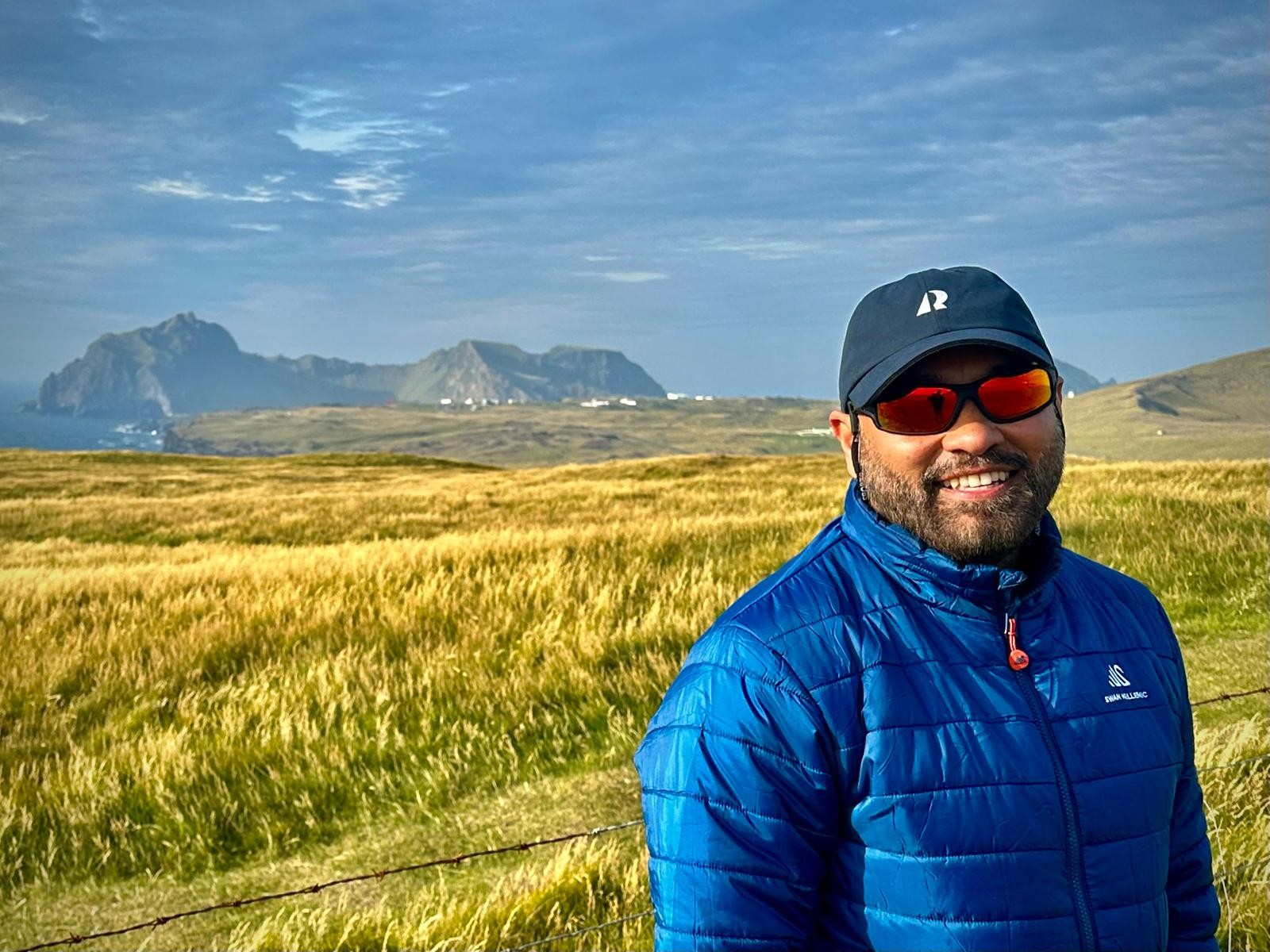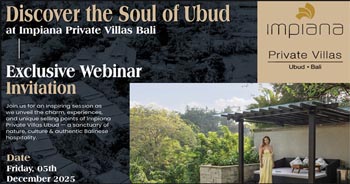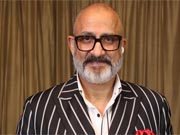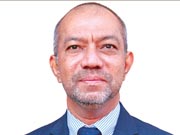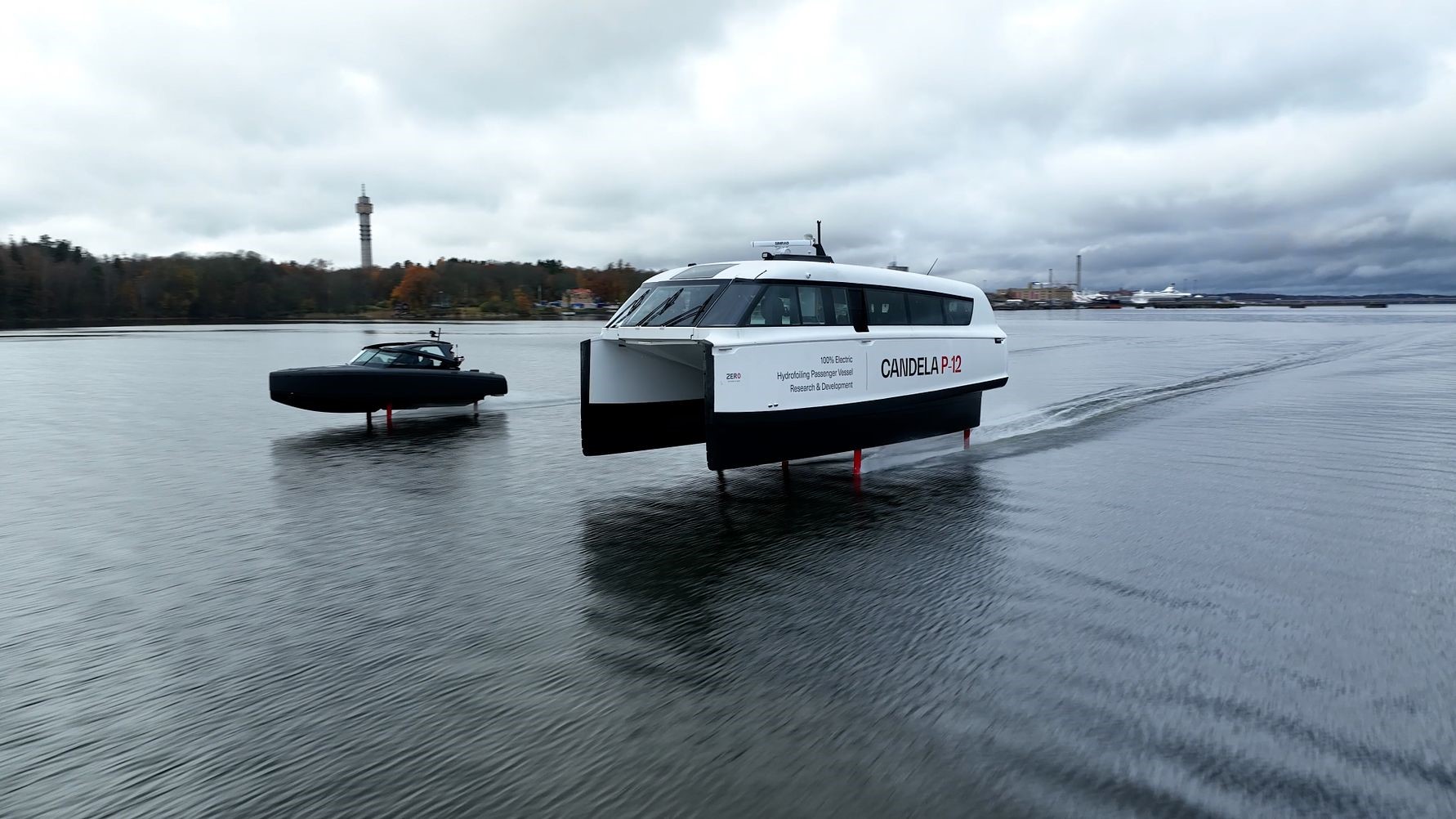 The rapid economic growth has seen a tremendous rise in road transport of goods and people in most of Asia. The downsides are congested roads, pollution, and frustrated commuters, who in many cities are regularly stuck for hours in traffic jams.
The rapid economic growth has seen a tremendous rise in road transport of goods and people in most of Asia. The downsides are congested roads, pollution, and frustrated commuters, who in many cities are regularly stuck for hours in traffic jams.
Ferries are expensive to run and often speed restricted in urban waters due to the large, damaging wakes that they create. Another concern in recent years is that their diesel engines spew out harmful emissions, contributing disproportionately to pollution and bad air quality.
The Swedish tech company Candela aims to change this with the world’s fastest electric ship, Candela P-12, whose revolutionary technology will soon be demonstrated at the Singapore Yacht Festival, in conjunction with the opening of Candela’s new APAC office.
“Across Asia and the Pacific, from archipelagos to cities, we see a huge market and demand for new sustainable transport solutions that can reduce congestion and emissions. Our technology offers quicker journeys, lower costs for operators, and zero emissions,” says Björn Antonsson, Candela’s newly appointed Regional CEO for Asia-Pacific.
Thanks to computer-controlled wings beneath the hull, the Candela P-12 Shuttle flies above the water surface at high speeds, which considerably reduces friction. It differs from all other fast ships – electric or diesel – by using a staggering 80% less energy than traditional ferries. Thanks to this, it’s the first fast electric ferry with long range – up to 100 km on one charge, at a speed of 25 knots.
When flying, it generates no waves or noise, and its outstanding energy efficiency drastically reduces operational costs compared to traditional ferries. Designed for multi-modal transport, the P-12 fits 30 seated passengers along with storage for bikes and luggage.
The first unit was launched last fall in Stockholm, and a pioneering P-12 line will be operational in the city’s local transport system later in 2024. In Asia-Pacific, a P-12 line will be inaugurated in New Zealand in 2025, where Meridian will operate the ferry on the country’s pristine Lake Manapouri.
A unique feature of the P-12 is that it generates minimal wakes even at high speeds, which is the reason it has been exempted from speed restrictions on its maiden route in Stockholm. This reduces commuting times in Stockholm from 55 minutes by car to 25 minutes on the P-12.
“Shifting commuters from private vehicles and winning them back to the public transport system is a big challenge. It’s only possible by offering them better comfort, quicker commuter times, and more convenience. From electric cars to maglevs, many countries in the region have a history of leapfrogging conventional technology.” says Björn Antonsson, who thinks that the Stockholm example can be replicated in cities across APAC.
“The waterways are humankind’s oldest transport infrastructure; the cities are built around water, and with our technology, we can unlock its full potential for sustainable transport.”
In Asia-Pacific, Candela will also market and sell their revolutionary leisure boat, the Candela C-8, which utilizes the same hydrofoil technology and software as the P-12. The C-8 is the best-selling electric boat in Europe, offering a combination of long range, high speed, and a superior, quiet experience on the water. Catering to a growing crowd of customers for premium recreational boats, utilizing cutting-edge technology.
“We’re seeing very strong recreational boat markets in places like Australia, New Zealand and the rest of the region is developing fast”, says Björn Antonsson.
Candela’s hydrofoil technology, in the form of Candela C-8, will be displayed for the very first time in Asia at the Singapore yachting Festival, 25-28 April, 2024, with media test drives being conducted before the show.
For more information visit their website HERE
 TravTalk India Online Magazine
TravTalk India Online Magazine

